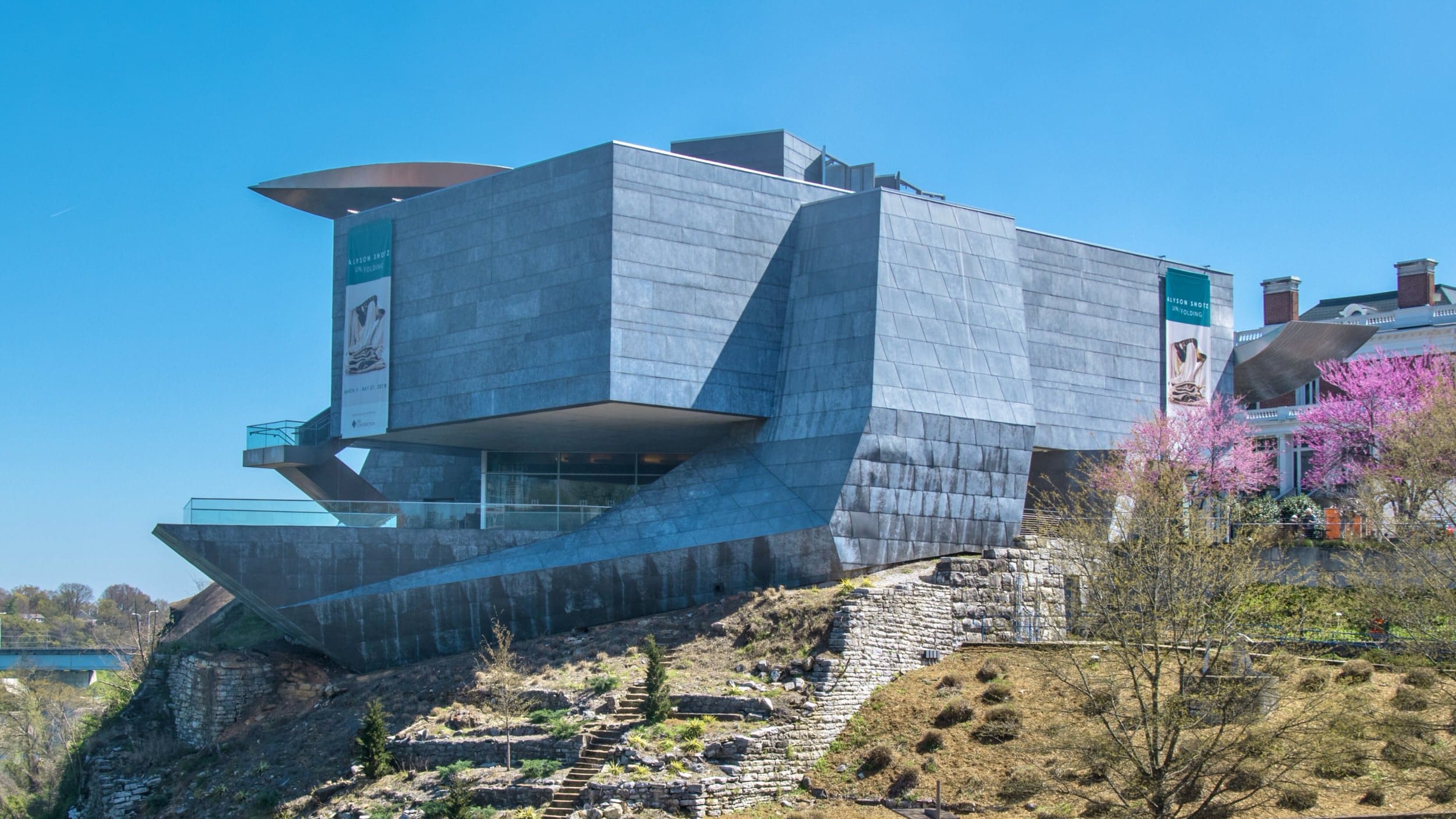Why Radius Reduction is preferred over Brake-forming
Radius Reduction provides two primary benefits over brake-forming and other panel-folding options: dimensional accuracy, and origami aesthetics.
When a metal edge is created by press-brake forming, the typical fold is two times the thickness of the metal. Sometimes referred to as a 2-T radius bend, this standard fold is rounded and smooth in appearance.
While skilled press-brake operators have little problem consistently repeating the bending operation, achieving consistent parts with brake-formed edges is more difficult. This problem becomes compounded with thicker sheet and plate materials. When brake-forming heavy materials, inconsistencies will develop causing edges to misalign from one part to the next. By using various methods for Radius Reduction, the panel will be clean, consistent, and precise.
Described technically, the accuracy in setting a v-cut is usually to within 0.005 inches (0.127 mm). The v-cut locates where the bend is to occur, so the folds can have enormous precision. A press-brake requires the matchup of a curving edge and is prone to slip slightly, even with an accurate back gauge. The V-cut allows for the development of miters. Once folded V-cut miter will match up to another with high accuracy.




















 Photo ©
Photo © 
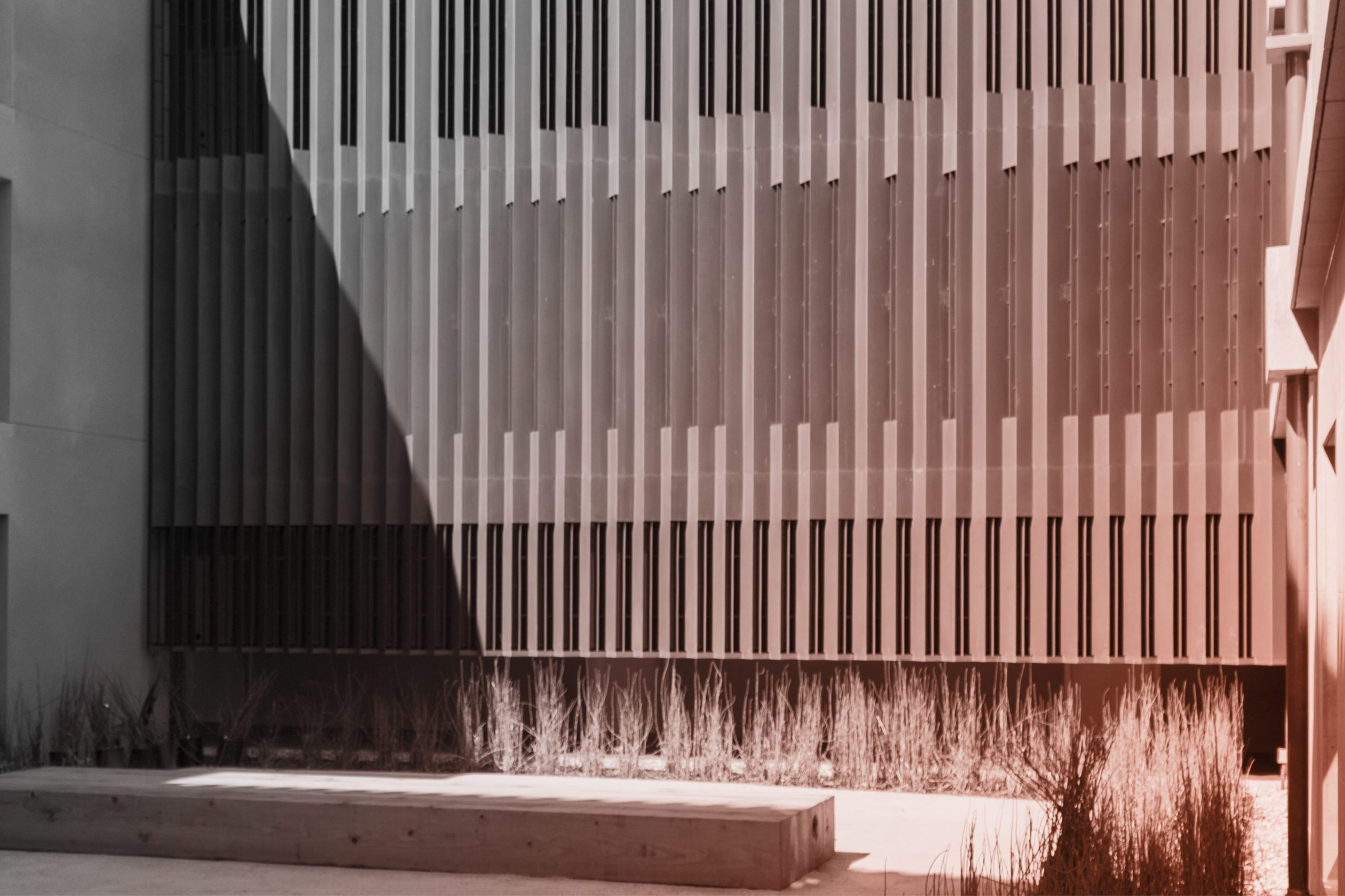
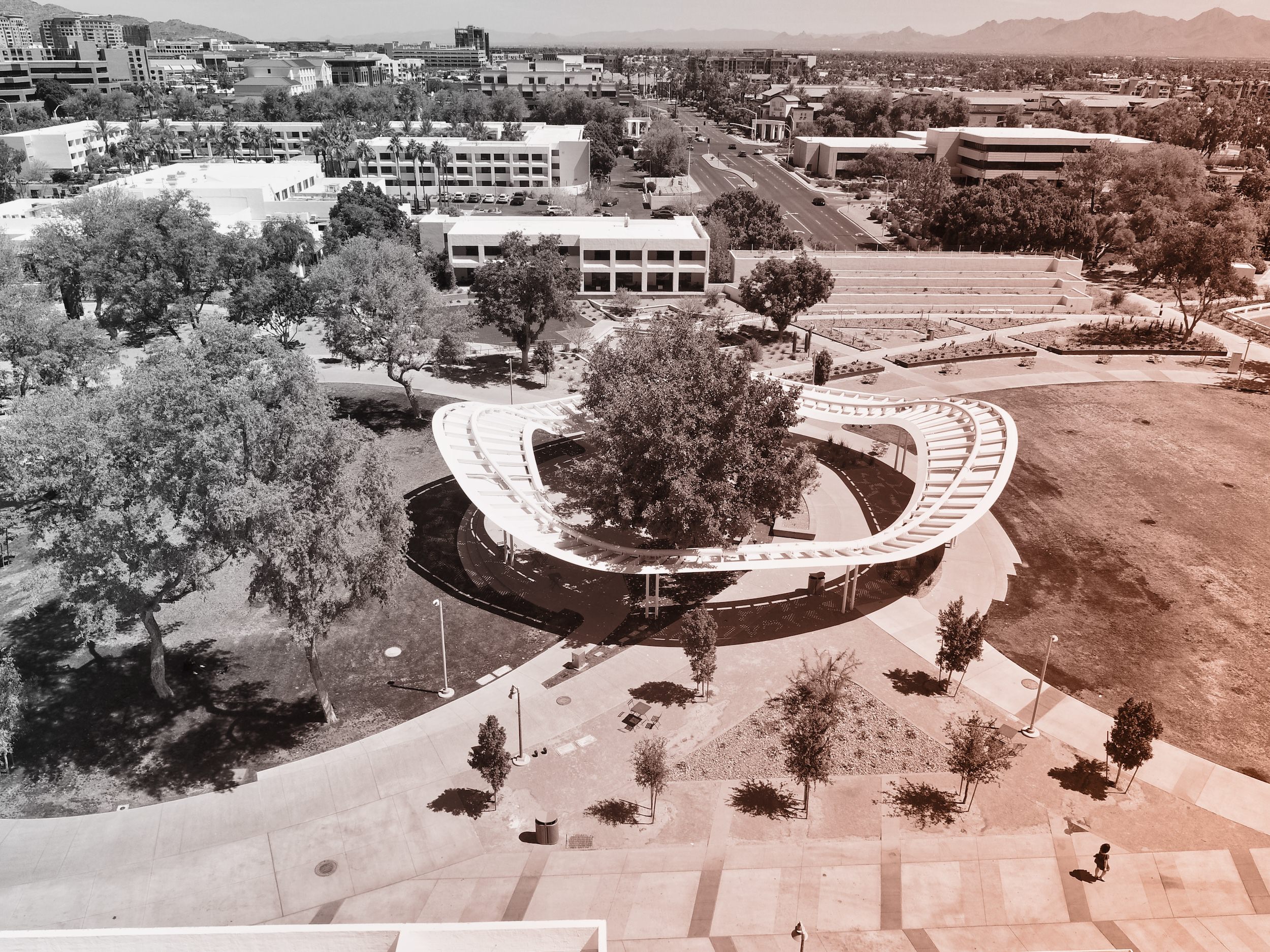
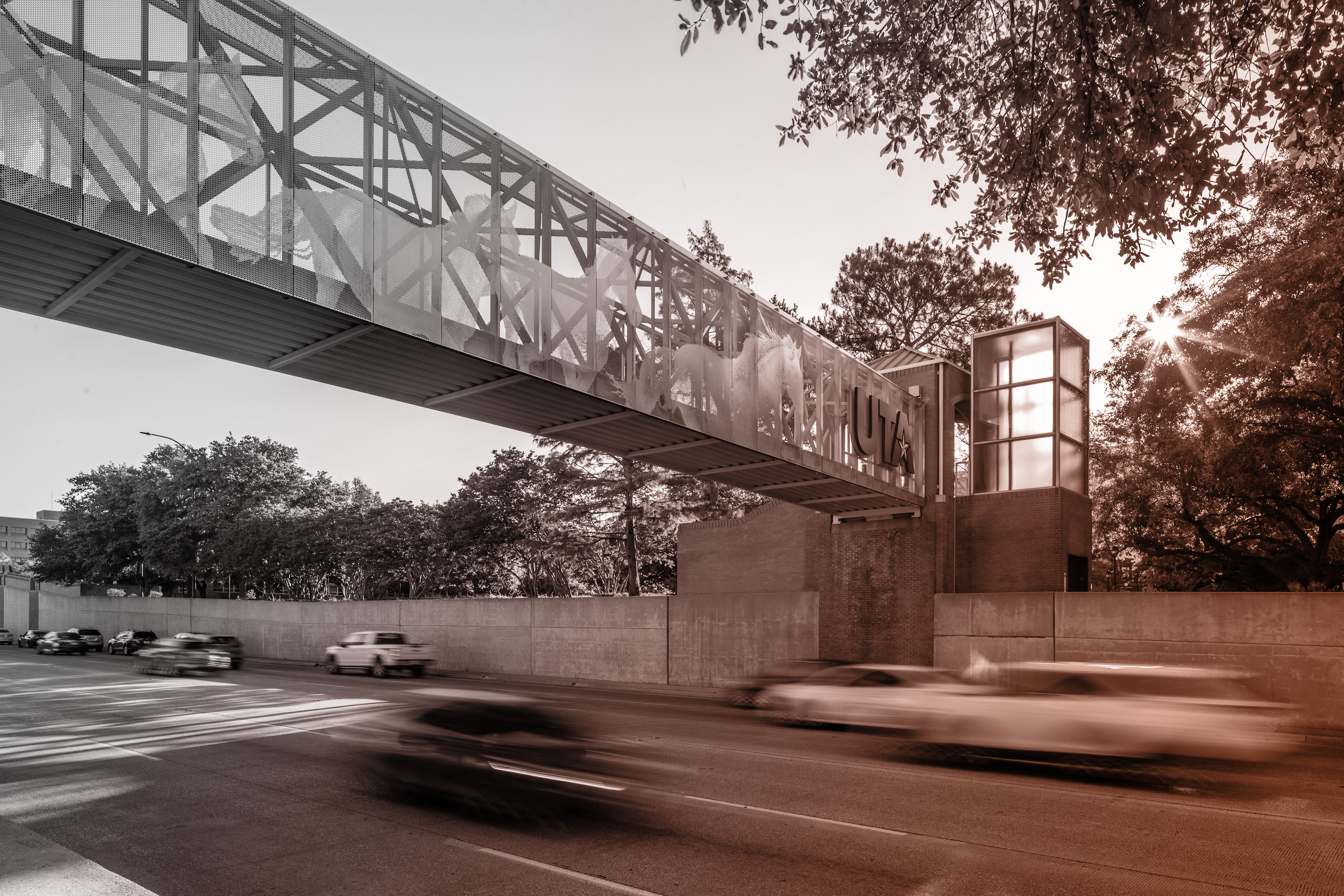 PHOTO ©️ Parrish Ruiz de Velasco (parrch.com)
PHOTO ©️ Parrish Ruiz de Velasco (parrch.com)
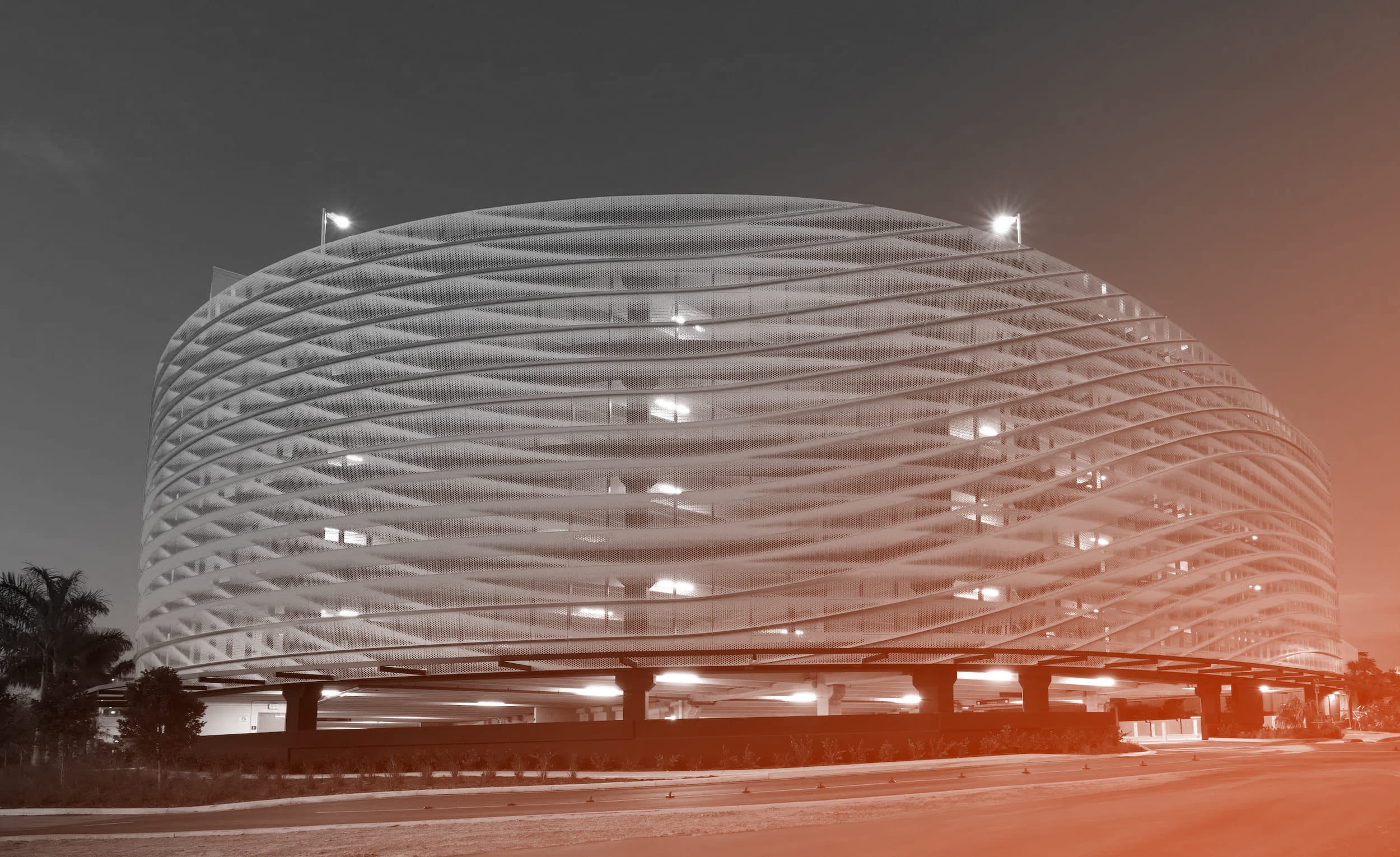
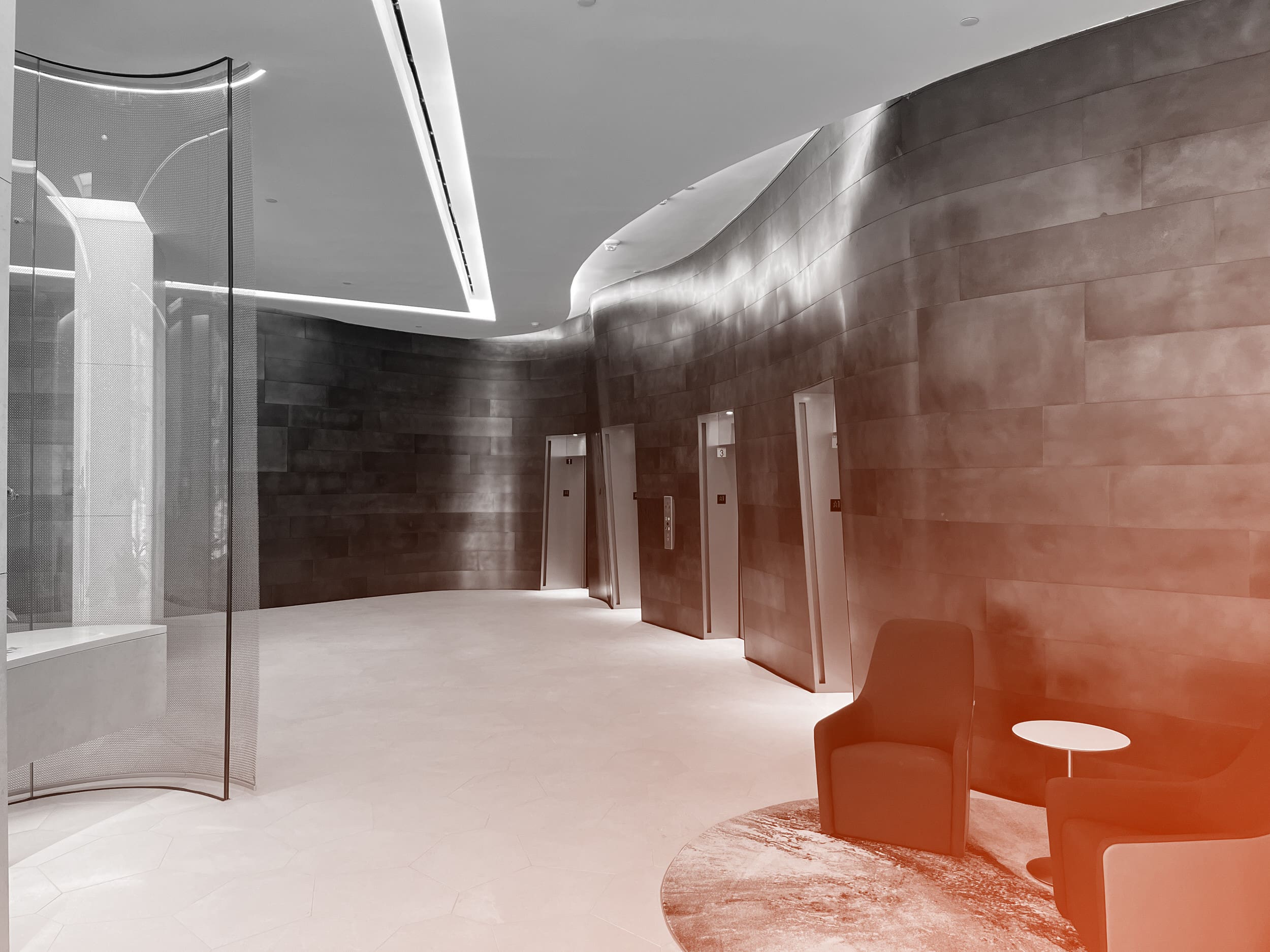
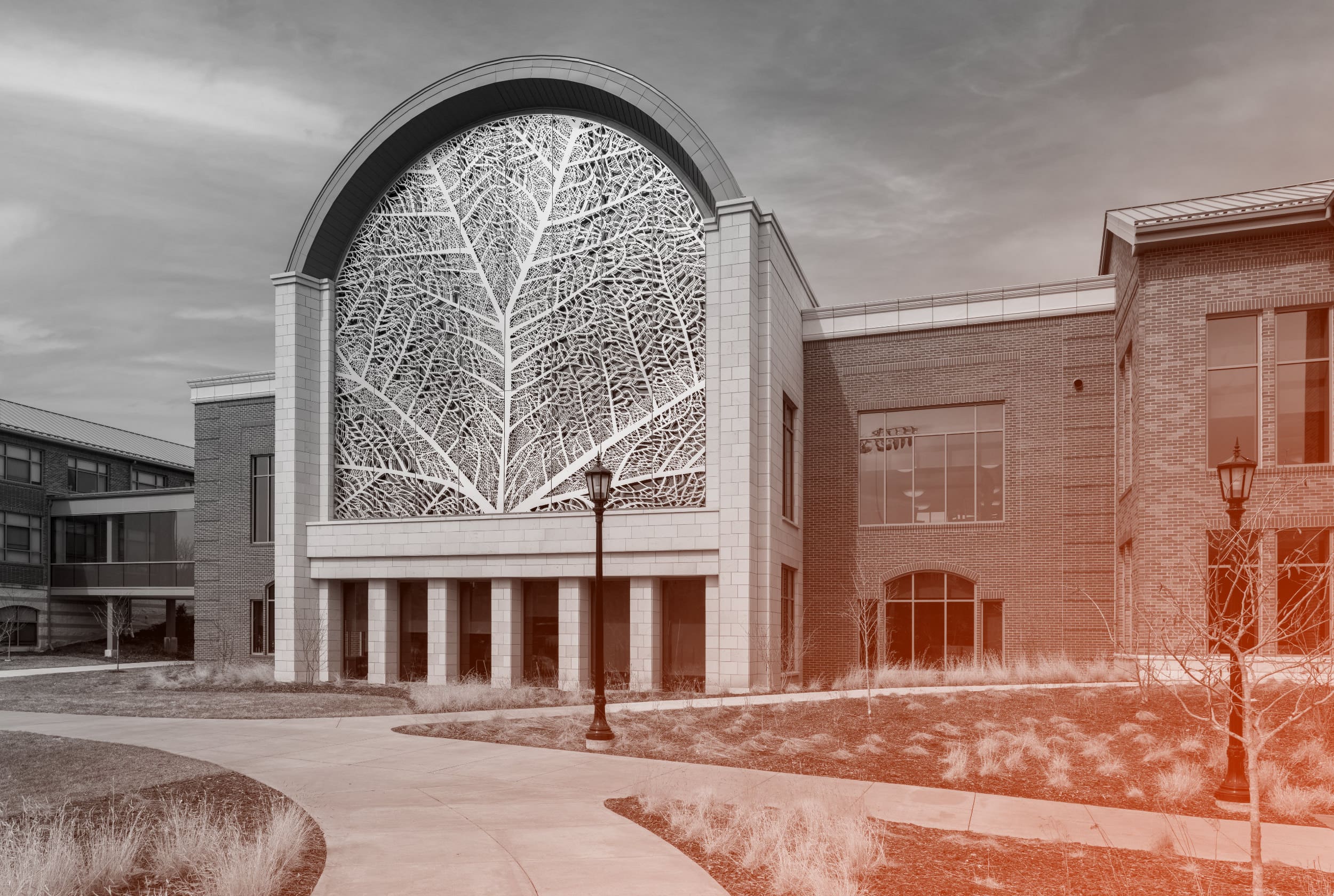
 © Fedora Hat Photography
© Fedora Hat Photography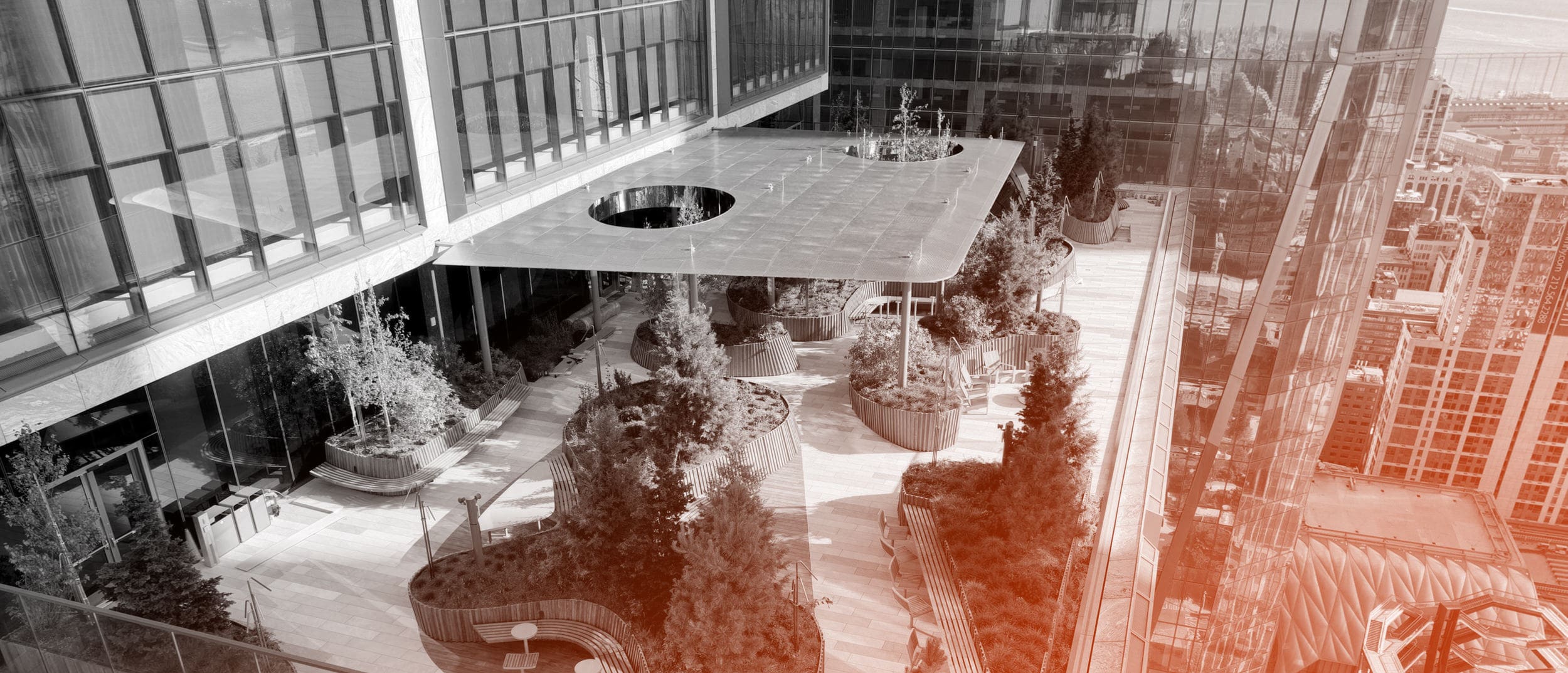
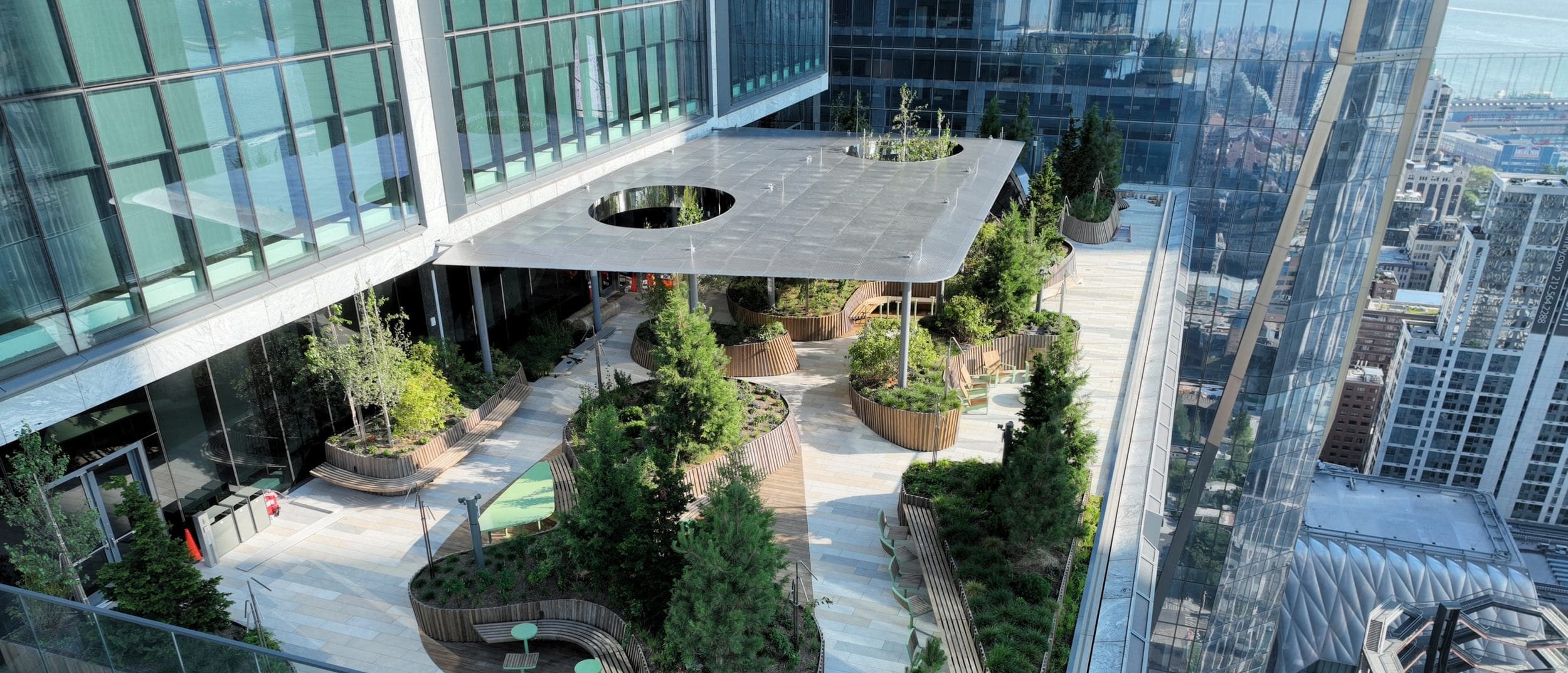
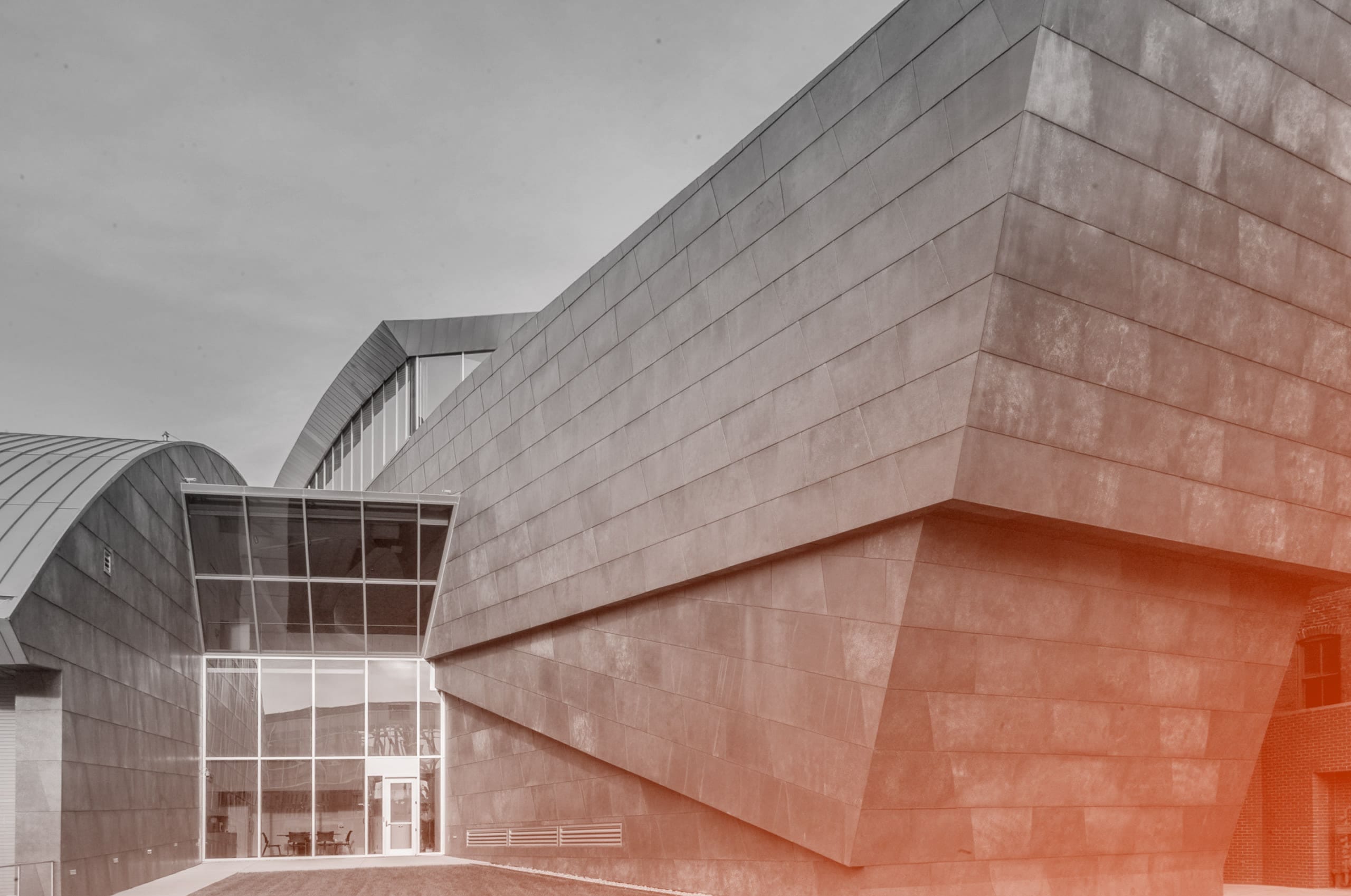

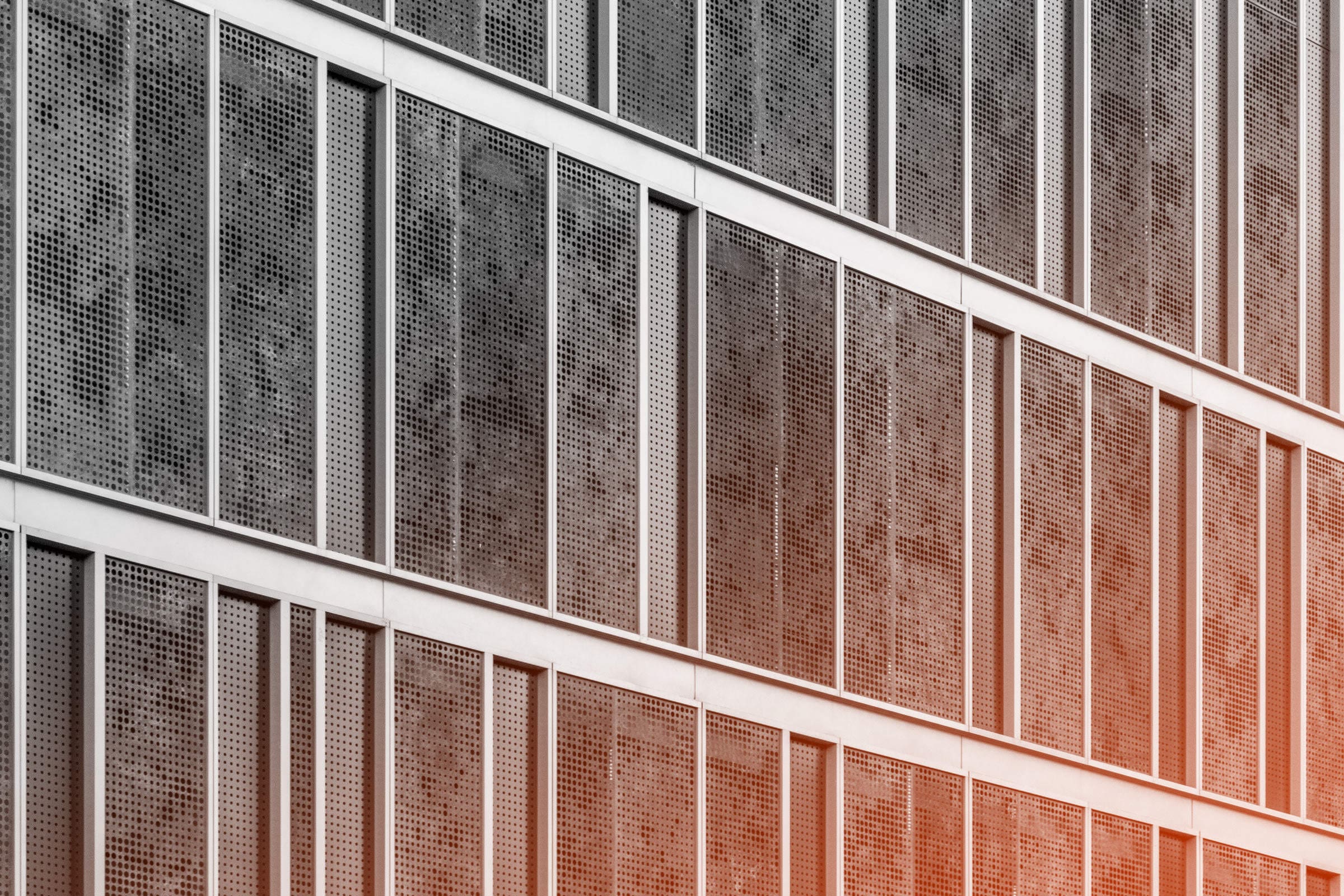

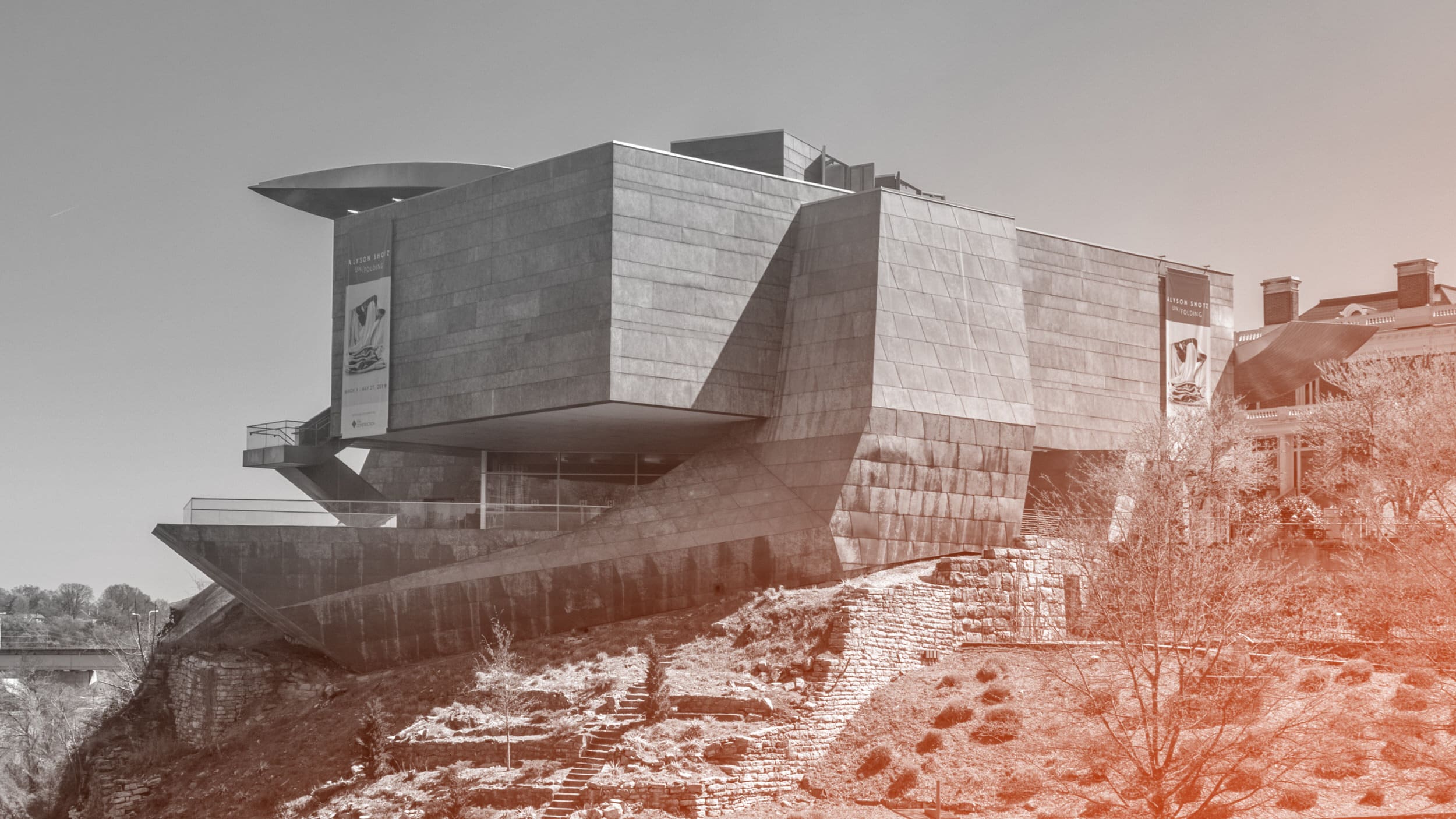 Ɱ, Creative Commons Attribution-Share Alike 4.0 International license, edited.
Ɱ, Creative Commons Attribution-Share Alike 4.0 International license, edited.